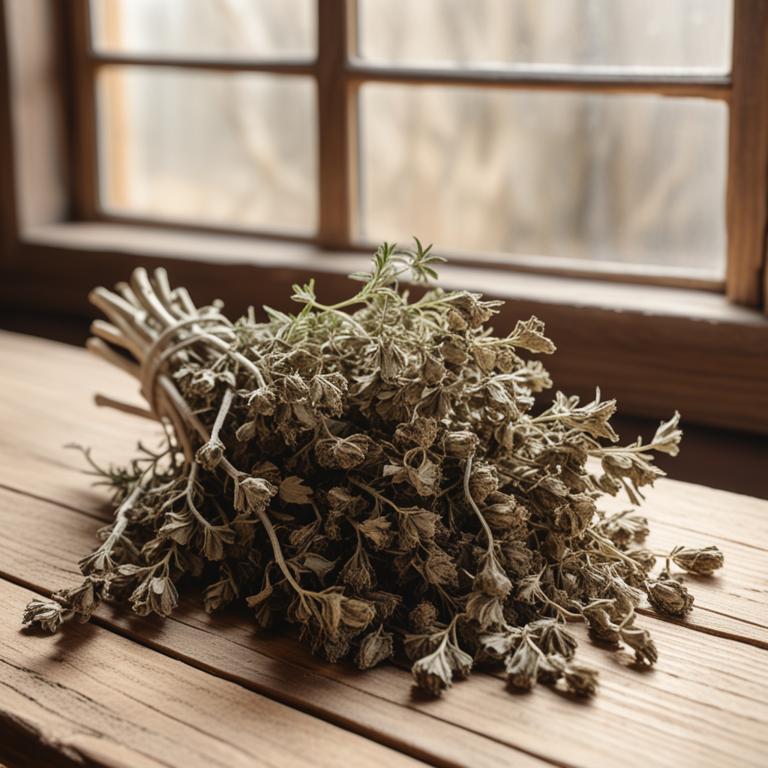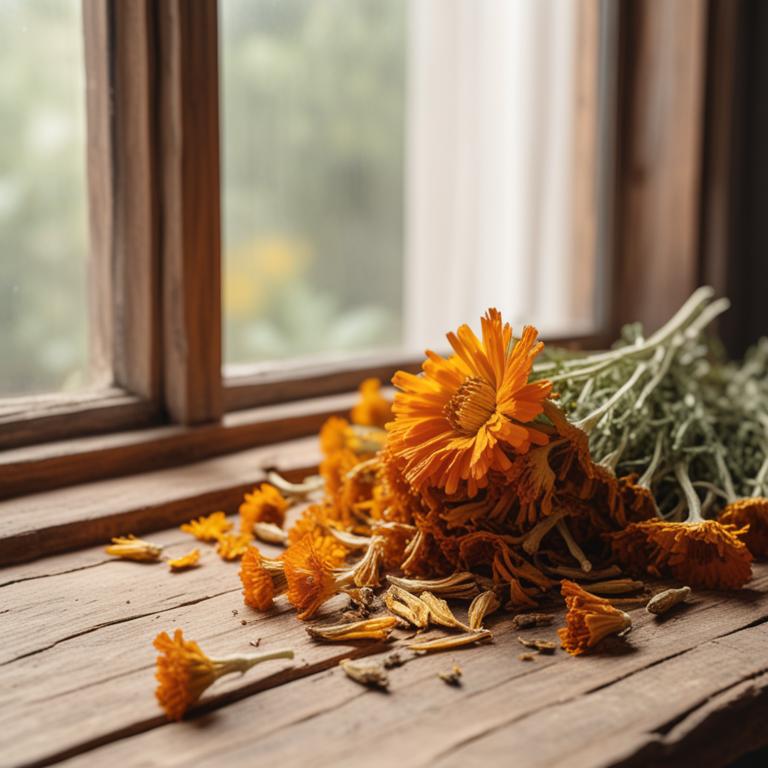Updated: Dec 1, 2024
Fibrocystic Breast Disease Treatment: Causes and the Role of Medicinal Herbs
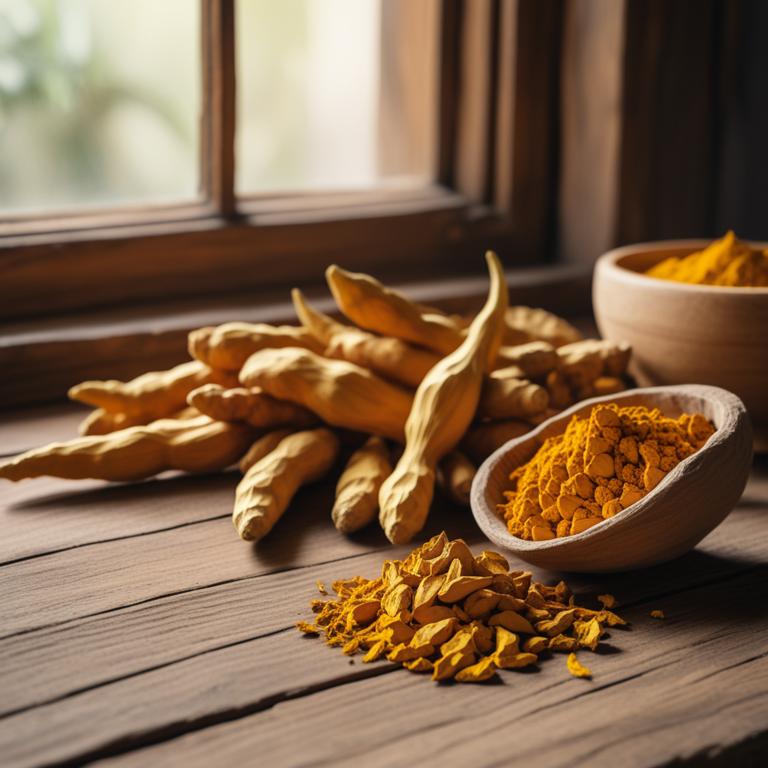
Fibrocystic breast disease is a common condition that affects many women.
It's characterized by lumpy or rope-like breasts, often accompanied by pain, tenderness, and swelling. For some women, this can be a minor annoyance, but for others, it can be a constant source of discomfort and anxiety. The causes of fibrocystic breast disease are not fully understood, but hormonal fluctuations, particularly estrogen and progesterone, are thought to play a role. Some women may also experience stress, poor diet, or other lifestyle factors that contribute to the condition. Herbal remedies have been used for centuries to help alleviate the symptoms of fibrocystic breast disease. Herbs like chasteberry, wild yam, and dandelion root are believed to help balance hormone levels and reduce inflammation.
Chasteberry, in particular, has been shown to have a positive effect on hormone regulation and may help to reduce symptoms of fibrocystic breast disease. Wild yam is also thought to have a balancing effect on hormones and may help to reduce pain and tenderness. Dandelion root is a natural diuretic and may help to reduce water retention, which can contribute to breast swelling. To use these herbs for fibrocystic breast disease, you can try drinking teas made from dried roots and leaves. Chasteberry tea is often made from dried berries, which can be steeped in hot water to make a soothing and flavorful brew. Wild yam tea is often made from dried roots, which can be steeped in hot water to make a calming and relaxing drink. Dandelion root tea is often made from dried roots, which can be steeped in hot water to make a diuretic and cleansing brew.
You can also try taking supplements or capsules of these herbs, but be sure to talk to a healthcare provider before starting any new regimen.
Table of Contents
- What are the underlying causes of fibrocystic breast disease?
- What advantages do herbs have in relation to fibrocystic breast disease?
- What herbs are recommended for fibrocystic breast disease?
- What are the most commonly used herbal remedies for fibrocystic breast disease?
- What herbs should you steer clear of if you have fibrocystic breast disease?
- FAQ
- Are there any specific herbs that can prevent fibrocystic breast disease?
- Is it safe to use herbal remedies for fibrocystic breast disease during pregnancy?
- Are there any herbs that can reduce the frequency of fibrocystic breast disease?
- Can i combine different herbal remedies for fibrocystic breast disease?
What are the underlying causes of fibrocystic breast disease?
The main causes of fibrocystic breast disease are complex and not fully understood, but research has identified several contributing factors.
One key cause is Hormonal Imbalance, specifically the fluctuations in estrogen and progesterone levels during the menstrual cycle. Estrogen Dominance occurs when estrogen levels are too high, causing the breast tissue to become sensitive and leading to painful cysts and lumps.
On the other hand, Progesterone Deficiency can also contribute to fibrocystic breast disease, as progesterone helps to balance out the effects of estrogen. When progesterone levels are low, the breast tissue can become over-stimulated, leading to cysts and discomfort. Another significant factor is Genetic Predisposition, with some women being more likely to develop fibrocystic breast disease due to their family history.
This suggests that genetic factors may play a role in the development of the condition, although the exact mechanisms are not yet fully understood.
What advantages do herbs have in relation to fibrocystic breast disease?
Using certain herbs can help with fibrocystic breast disease.
These herbs can reduce breast tenderness and pain. They can also help to balance hormones, which is often a problem for people with this condition.
This can lead to fewer cysts and less discomfort. Some herbs can also help to reduce inflammation in the breasts, which can make symptoms worse. Additionally, these herbs can help to improve digestion, which is often linked to hormonal imbalances.
By addressing hormonal issues and inflammation, these herbs can provide relief from fibrocystic breast disease symptoms.
What herbs are recommended for fibrocystic breast disease?
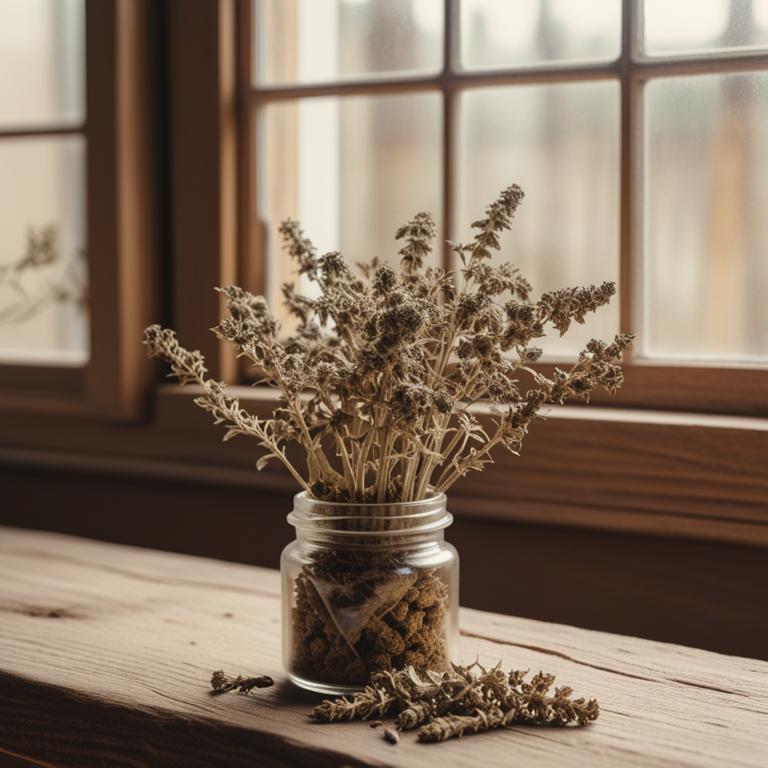
If you're dealing with fibrocystic breast disease, you might want to consider using herbs to help alleviate symptoms.
Cimicifuga racemosa, also known as black cohosh, has anti-inflammatory properties that can reduce breast tenderness and pain. It's a natural way to balance hormone levels and ease menstrual cramps, which are common complaints for women with fibrocystic breast disease. Vitex agnus-castus, or chasteberry, is another herb that can help regulate hormonal imbalances. It works by stimulating the pituitary gland, which produces hormones that control ovulation and menstruation. This can lead to a decrease in breast swelling and tenderness. Some studies suggest that vitex may even reduce the size and number of cysts in the breasts. Angelica sinensis, or dong quai, is a Chinese herb that's often used to treat menstrual problems, including fibrocystic breast disease. It's rich in antioxidants and has anti-inflammatory properties, which can help reduce breast pain and swelling.
Dong quai may also help regulate menstrual cycles and reduce the severity of symptoms. Trifolium pratense, or red clover, is a plant that's high in isoflavones, which are compounds that mimic the effects of estrogen in the body. While it may not be suitable for women who are sensitive to estrogen, red clover can help reduce breast tenderness and pain by balancing hormone levels. Some studies suggest that it may also reduce the size and number of cysts in the breasts. Zingiber officinale, or ginger, is a natural anti-inflammatory that can help reduce breast pain and swelling. It's also a natural digestive aid, which can help alleviate symptoms like nausea and bloating. Ginger has been used for centuries to treat menstrual problems, including fibrocystic breast disease, and may be a useful addition to your treatment plan. It's worth noting that while these herbs may be helpful in alleviating symptoms, they may not be suitable for everyone.
If you're considering using herbs to treat fibrocystic breast disease, be sure to talk to your doctor or a qualified healthcare practitioner first.
What are the most commonly used herbal remedies for fibrocystic breast disease?
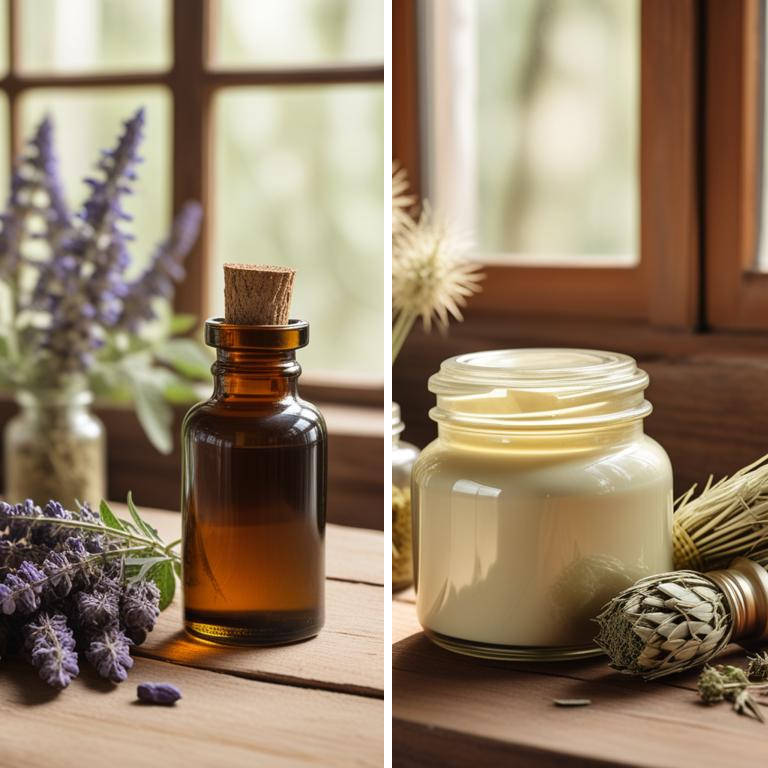
For people with fibrocystic breast disease, herbal preparations can be a helpful addition to their treatment plan.
A decoction is a strong liquid made by boiling herbs, and it's often used for conditions that need deeper healing, like fibrocystic breast disease. Herbs like dandelion root and burdock root are commonly used in decoctions to help reduce inflammation and improve liver function, which can contribute to breast symptoms. Herbal tinctures are liquid extracts made by mixing herbs with a solvent, like alcohol or glycerin. They're easy to take and can be added to water or taken straight. Tinctures of herbs like blue cohosh and wild yam are used to help ease breast pain and reduce inflammation. Infusions are made by steeping herbs in hot water, like tea. They're a great way to get the benefits of herbs without the strong taste.
Infusions of herbs like red clover and evening primrose are often used to help reduce breast tenderness and improve hormonal balance. Herbal creams and ointments are topical preparations that can be applied directly to the skin. They're a great way to target symptoms like breast pain and tenderness. Creams made with herbs like peppermint and chamomile can help soothe and calm the skin, reducing pain and inflammation. Finally, herbal capsules are a convenient way to take herbs internally. They're often used for herbs that are difficult to digest or that need to be taken in large doses. Capsules of herbs like chasteberry and saw palmetto are used to help regulate hormones and reduce breast symptoms. These herbal preparations can be used alone or in combination with other treatments to help manage fibrocystic breast disease.
It's always a good idea to talk to a healthcare professional before starting any new herbal remedies, especially if you're already taking medications or have a underlying health condition.
Additional Resources:
What herbs should you steer clear of if you have fibrocystic breast disease?
If you have fibrocystic breast disease, it's a good idea to be careful with certain herbs.
Glycyrrhiza glabra, also known as licorice root, can make hormonal imbalances worse, which is already a problem with fibrocystic breast disease. It's also known to increase blood pressure and fluid retention, which can make symptoms like breast tenderness and swelling even worse. Paeonia lactiflora, or peony, is another herb to be cautious with. It can affect hormone levels, which can make fibrocystic breast disease symptoms worse. Peony is also known to interact with medications, which can lead to other health problems.
Avena sativa, or oat straw, can also make hormonal imbalances worse. It's often used to calm the nervous system, but it can have the opposite effect in people with fibrocystic breast disease. Astragalus membranaceus, or astragalus, is another herb to be careful with. It can affect hormone levels and increase inflammation in the body, which can make fibrocystic breast disease symptoms worse. Urtica dioica, or stinging nettle, might seem like a good choice for reducing inflammation and pain, but it can actually make hormone imbalances worse.
It can also interact with medications and worsen symptoms like breast tenderness and swelling.
FAQ
Are there any specific herbs that can prevent fibrocystic breast disease?
Some people find relief from fibrocystic breast disease symptoms by using herbs like chasteberry and dandelion root.
Chasteberry is thought to help balance hormone levels, while dandelion root may reduce water retention and breast tenderness.
These herbs may help alleviate symptoms, but more research is needed to confirm their effectiveness.
Is it safe to use herbal remedies for fibrocystic breast disease during pregnancy?
Using herbal remedies for fibrocystic breast disease during pregnancy is not recommended.
Some herbs can cause problems or interact with other medicines you're taking, which could harm you and the baby.
It's best to stick to safe and approved treatments to ensure your health and the baby's well-being.
Are there any herbs that can reduce the frequency of fibrocystic breast disease?
Some herbs like chasteberry and vitex may help reduce fibrocystic breast symptoms.
These herbs seem to balance female hormones, which can help ease discomfort and pain associated with the condition.
Chasteberry, in particular, has been studied for its potential benefits in relieving fibrocystic breast symptoms in some women.
Can i combine different herbal remedies for fibrocystic breast disease?
You can combine different herbal remedies for fibrocystic breast disease, but be cautious.
For example, you might take chasteberry to regulate hormones and saw palmetto to balance estrogen. Some people also find relief with evening primrose oil to reduce inflammation.
However, it's essential to use them in moderation and at the same time, as some combinations can interact with each other.
Related Articles
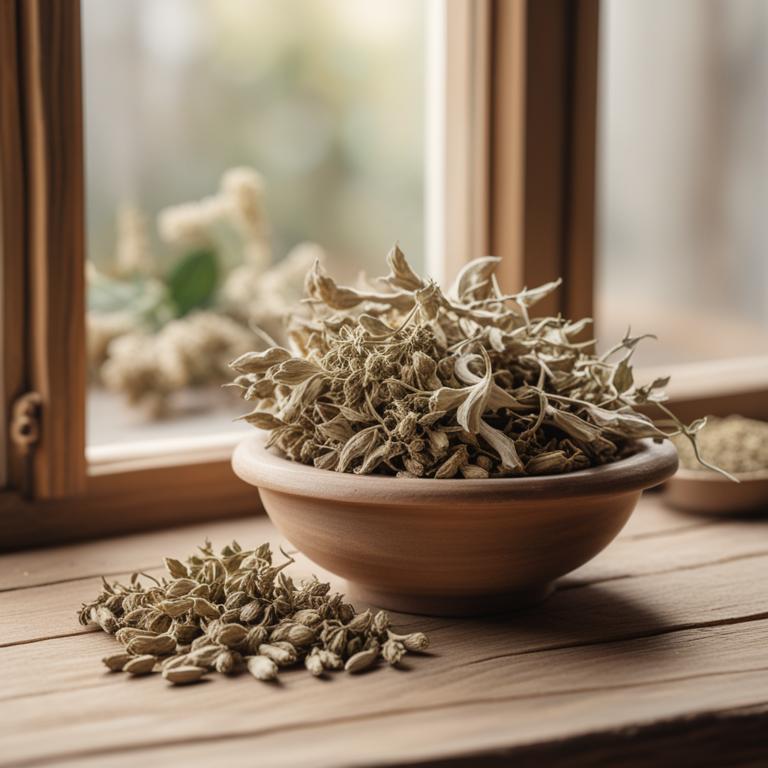
Overcoming Erectile Dysfunction with Medicinal Herbs and Natural Preparations
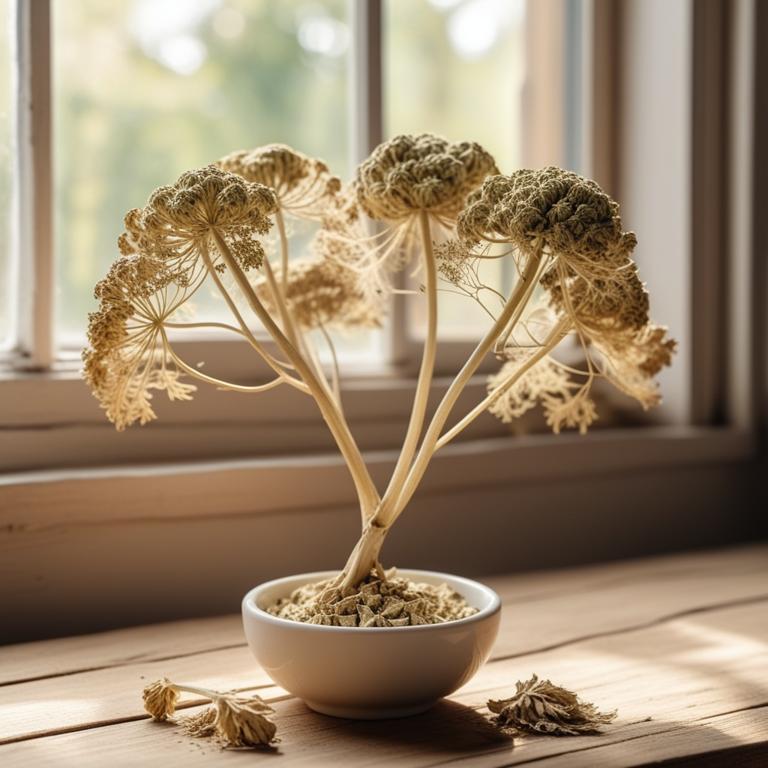
The Science and Herbal Remedies Behind Period Cramps
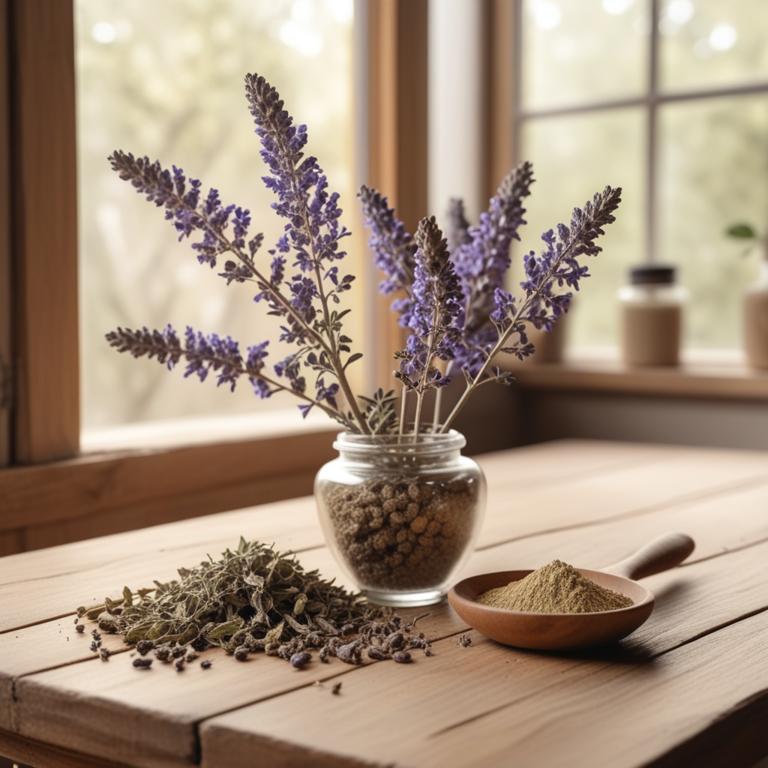
Overcoming Premenstrual Syndrome: Causes and Effective Herbal Remedies

The Menopause Guide: Causes, Herbs, and Herbal Preparations
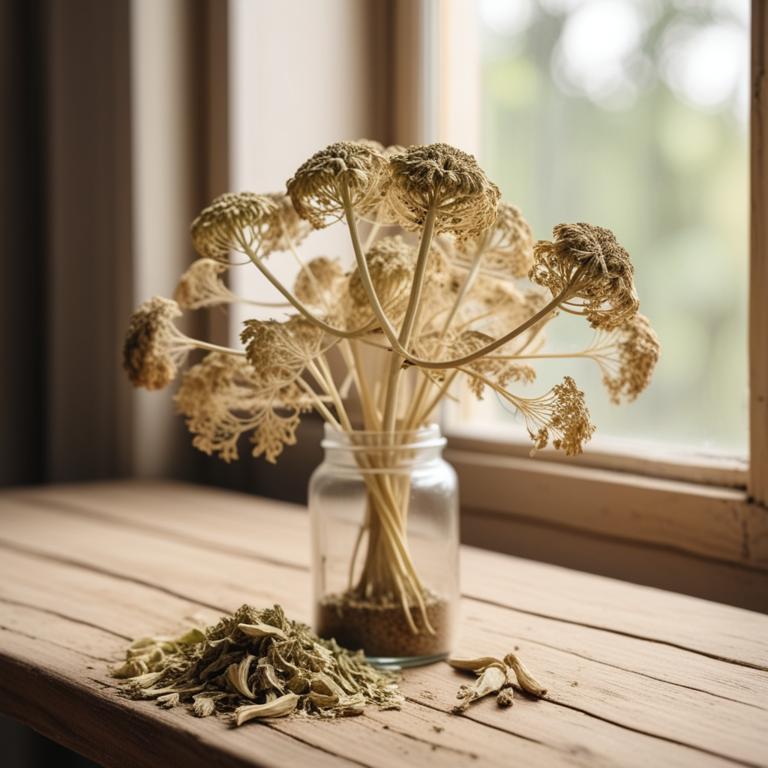
Causes, Herbal Treatments, And Preparations For Over Bleeding During Periods





